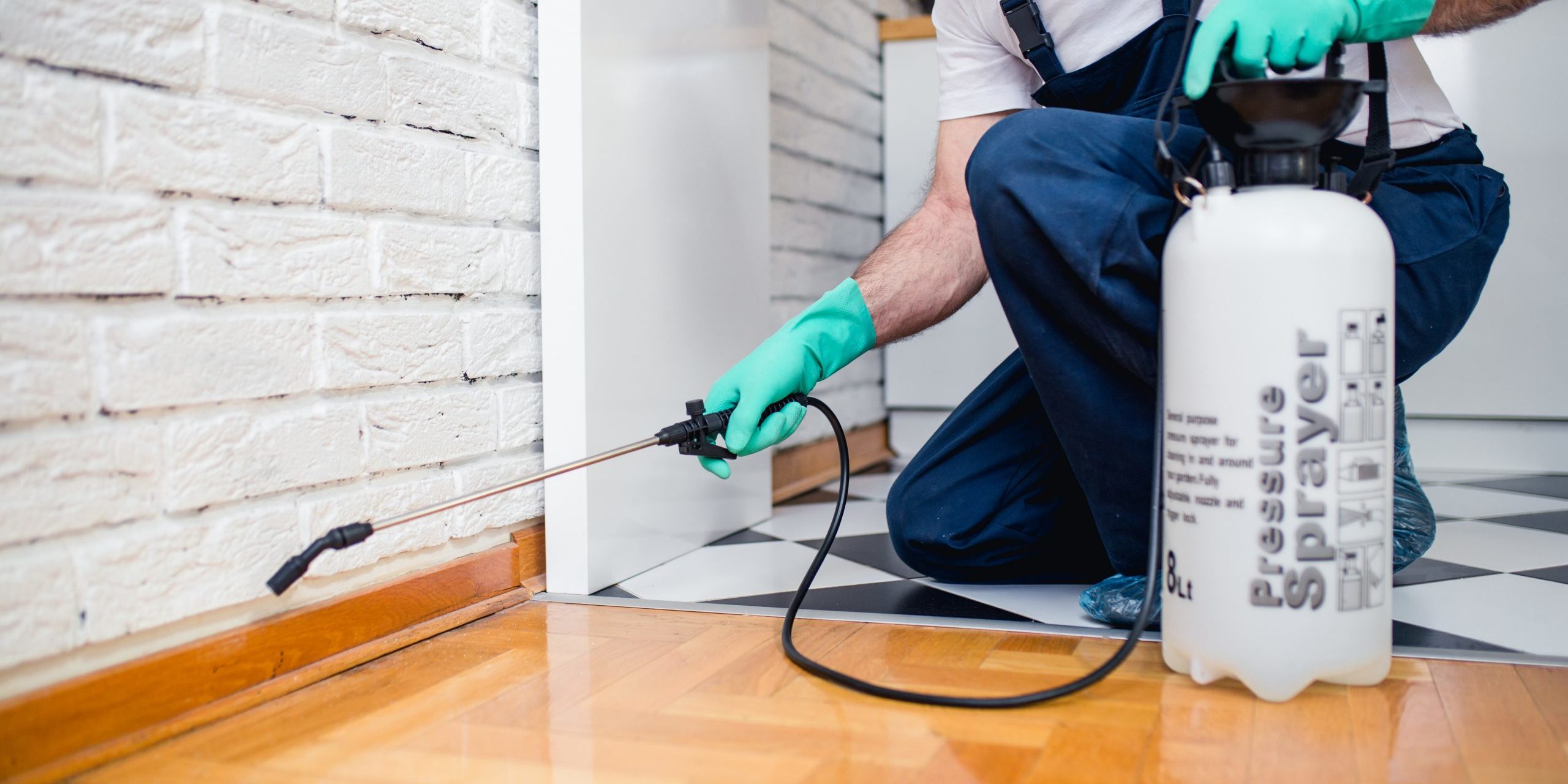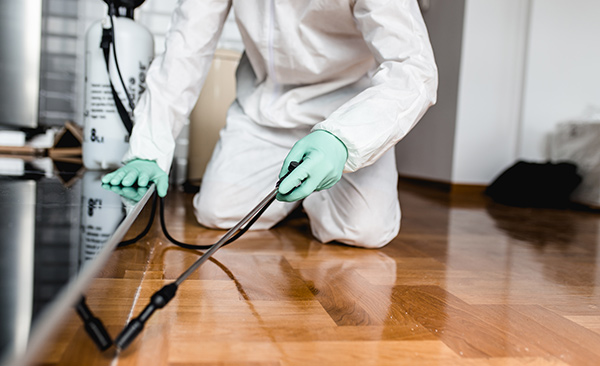Eco-Friendly Parasite Control Approaches for Managing Wildlife in Urban Areas
Urban locations frequently find themselves at the crossway of human task and wild animals, bring about one-of-a-kind obstacles in parasite administration. Environmentally friendly techniques highlight sustainable conjunction, utilizing strategies such as environment modification and natural repellents to mitigate human-wildlife conflicts. These strategies not just safeguard the atmosphere however additionally boost neighborhood interaction in wildlife administration. As city populations continue to expand, recognizing the characteristics of wild animals communications comes to be increasingly critical. What ingenious approaches can be applied to ensure both eco-friendly balance and metropolitan security? Exploring this concern reveals an engaging landscape of potential solutions.
Recognizing Urban Wild Animals Characteristics
Understanding Urban Wildlife Dynamics is vital for developing effective and environment-friendly parasite control approaches. Urban locations are progressively ending up being habitats for different wild animals species, driven by elements such as environment fragmentation, food accessibility, and human encroachment. Recognizing these dynamics enables a nuanced method to pest administration that straightens with ecological concepts.
Urban wild animals frequently consists of varieties such as raccoons, squirrels, and birds, which adapt to city atmospheres, locating niches in green rooms, parks, and also suburbs. Their presence can result in problems with human beings, especially when they make use of human resources for food and sanctuary. Understanding the habits and environmental functions of these varieties notifies approaches that decrease negative interactions while advertising biodiversity.
Moreover, acknowledging the interdependencies within metropolitan ecological communities assists in identifying important areas for habitat conservation and reconstruction. This knowledge contributes to the advancement of integrated parasite monitoring (IPM) strategies that consider the ecological balance, consequently decreasing dependence on unsafe chemicals. By promoting coexistence in between human beings and city wild animals, cities can develop healthier settings that profit both locals and neighborhood environments, leading the means for lasting city living.
Natural Repellents and Deterrents
All-natural repellents and deterrents use a sustainable option to conventional parasite control techniques by using the power of nature to keep unwanted species away. These environmentally friendly solutions commonly utilize plant-based active ingredients, necessary oils, and other naturally occurring substances that discourage bugs without hurting the atmosphere.
One reliable natural repellent is peppermint oil, which is known to repel rats and insects. Its solid fragrance is unpleasant to many bugs, making it a preferred choice for metropolitan setups. Similarly, vinegar and citrus peels can work as deterrents, as their solid smells are commonly uninviting to various wildlife.
In addition, diatomaceous earth is a natural powder that can be spread in areas prone to bug task, efficiently dehydrating and hindering insects without presenting threats to non-target types. Garlic sprays and neem oil are recognized for their capacity to push back a wide variety of pests, including both pests and larger wild animals.
Executing these all-natural repellents not just lowers dependence on chemical pesticides but likewise advertises a healthier metropolitan ecosystem, promoting a more well balanced conjunction in between humans and wildlife. By utilizing these strategies, metropolitan areas can properly handle insect populaces while minimizing environmental impact.
Environment Alteration Strategies
Reliable habitat adjustment strategies play a critical duty in lasting insect management by modifying the atmosphere to make it less conducive to pest problems. By recognizing the ecological dynamics of urban areas, homeowner can apply strategic modifications that deter parasites while advertising biodiversity.
(Ant Control)One primary strategy entails maintaining appropriate sanitation. This consists of routine waste elimination, protecting garbage can, and eliminating standing water to minimize breeding sites for pests and rats. Additionally, landscaping techniques such as selecting native plants can improve ecological equilibrium, providing habitats for you could try here advantageous microorganisms while decreasing resources for parasites.
An additional vital strategy is to secure entrance points in buildings. Examining and fixing fractures in structures, wall surfaces, and windows can dramatically lower parasite accessibility. Creating physical obstacles, such as fencings or plant barriers, can prevent wild animals movement right into human-inhabited locations.
Integrated Parasite Administration Practices
Building upon habitat alteration strategies, incorporated parasite management (IPM) methods offer an all natural strategy to managing bug populations while decreasing environmental impact. IPM combines numerous methods, including biological, social, mechanical, and chemical controls, to attain reliable pest administration.
Biological control includes the introduction of all-natural predators or parasites to reduce insect populaces. Social practices, such as plant turning and hygiene, interrupt pest life process and lessen their environments - Pest control service. Mechanical controls, like catches and obstacles, provide prompt remedy for parasite pressures without chemical intervention
Chemical controls are used as a last resource, concentrating on targeted applications that restrict damage to non-target types and the atmosphere. The selection of ecologically pleasant pesticides, when essential, is essential to the IPM framework. In addition, keeping track of bug populations and evaluating possible damage assists educate decision-making, making certain that treatments are prompt and efficient.
Neighborhood Participation and Education And Learning

(Lawn pest control Port Charlotte)Workshops and informational sessions can outfit homeowners with understanding about indigenous varieties, habitat conservation, and reliable non-toxic pest management techniques. Cooperation with institutions, local organizations, and federal government firms additionally boosts academic outreach, making sure that crucial info gets to diverse audiences.
In addition, community-led efforts, such as neighborhood clean-up days and environment reconstruction jobs, not just promote biodiversity yet likewise reinforce area connections. Pest control service. By urging homeowners to share their experiences and monitorings, communities can create targeted techniques that resolve specific local parasite problems
Integrating feedback from residents right into insect monitoring intends makes it possible for a more responsive and adaptive strategy to wildlife obstacles. Eventually, notified and involved communities are crucial to attaining long-lasting success in environment-friendly parasite control, bring about healthier city settings that respect both human and ecological needs.

Final Thought
To conclude, eco-friendly insect control approaches offer lasting options for taking care of urban wildlife. By prioritizing environment alteration, utilizing all-natural repellents, and executing incorporated bug administration techniques, neighborhoods can promote an unified conjunction with local animals. Engaging citizens via education and learning boosts understanding and urges responsible wildlife interactions. Eventually, these methods not just secure biodiversity however likewise advertise ecological health, ensuring urban areas stay vibrant ecological communities where human beings and wild animals grow together.